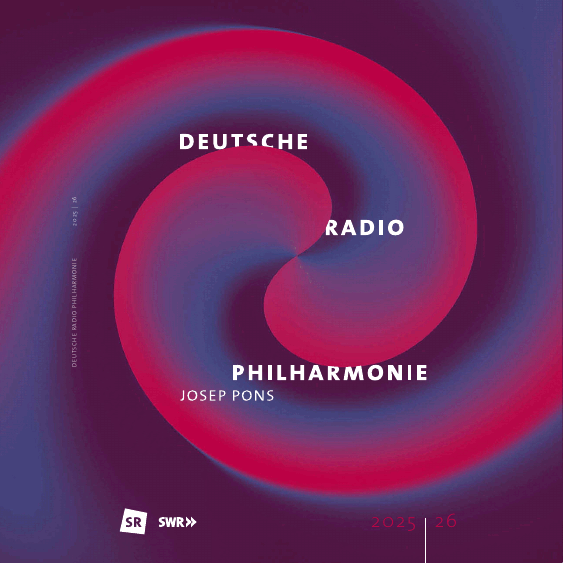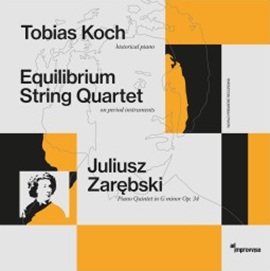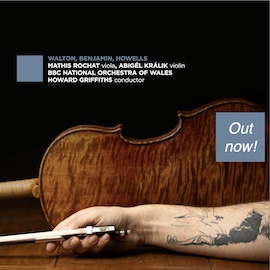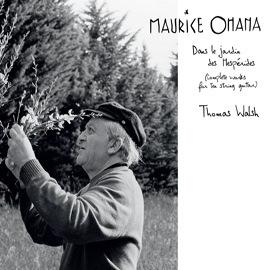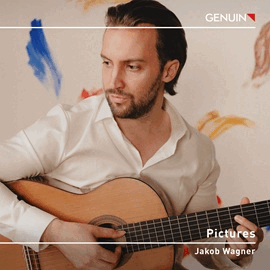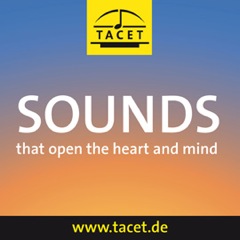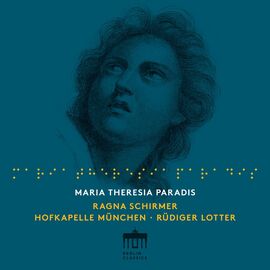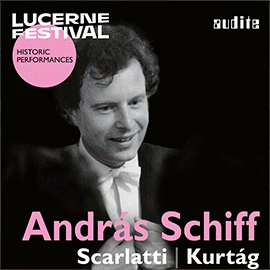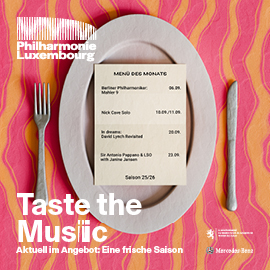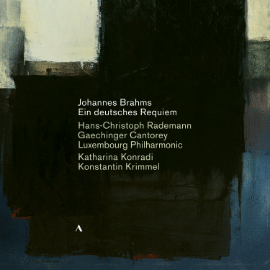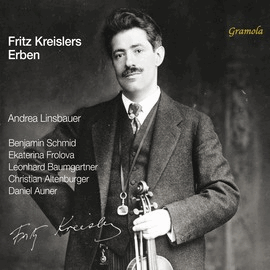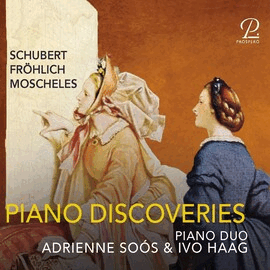Die österreichische Pianistin und Komponistin Maria Theresia Paradis (1759-1824) war seit ihrer frühen Kindheit blind. Dennoch eroberte sie sich einen festen Platz im Musikleben und war mit bedeutenden Vertretern der Wiener Klassik bekannt. Wolfgang Amadeus Mozart widmete ihr sein Klavierkonzert KV 456, und das Konzert G-Dur von Joseph Haydn spielte Maria Theresia Paradis mehrfach auf Europa-Tournee.
Die Pianistin setzte sich für die Ausbildung blinder Mädchen ein und beteiligte sich an der Entwicklung der Blindenschrift, die ein Jahr nach ihrem Tod von Louis Braille festgelegt wurde
Zu den Instrumenten wird folgendes gesagt: « Ragna Schirmer spielt auf einem Nachbau eines Flügels aus der Zeit der Komponistin, der vom Greifenberger Institut gefertigt wurde. Die Einspielung der Fantasie G-Dur von Maria Theresia Paradis erfolgte auf einem originalen Hammerflügel von Joseph Böhm (~1821). Das Instrument aus der Sammlung des Instituts ist der derzeit weltweit einzig erhaltene Hammerflügel mit eingebautem Orgelregister. »
Das Album beginnt etwas enttäuschend mit der Ouvertüre Der Schulkandidat von Maria Theresia Paradis, deren Finesse in der hallig-verschwommenen Akustik nicht optimal zur Geltung kommt. Die Akustik stört auch im Mozart-Konzert, wo das Klavier auf einer anderen Ebene erklingt als das Orchester. Beide finden so nicht wirklich zusammen. Im konturierter und zusammenhängender eingefangenen Haydn-Konzert empfinde ich das als weniger störend.
Das Highlight im Programm ist Fantasie G-Dur für Klavier, die auf dem Hammerklavier mit Orgelregister sehr attraktiv wird.
The Austrian pianist and composer Maria Theresia Paradis (1759-1824) was blind from childhood. Nevertheless, she gained a firm place in musical life and was acquainted with important representatives of Viennese classicism. Wolfgang Amadeus Mozart dedicated his Piano Concerto KV 456 to her, and Maria Theresia Paradis performed Joseph Haydn’s Concerto in G Major several times on European tours.
The pianist campaigned for the education of blind girls and contributed to the development of Braille, which was founded by Louis Braille a year after her death.
The following is said about the instruments « Ragna Schirmer plays on a replica of a grand piano from the composer’s time, made by the Greifenberg Institute. The recording of the Fantasy in G Major by Maria Theresia Paradis was made on an original fortepiano by Joseph Böhm (~1821). The instrument in the Institute’s collection is currently the only surviving fortepiano in the world with a built-in organ stop. »
The album begins somewhat disappointingly with the overture Der Schulkandidat by Maria Theresia Paradis, the finesse of which is not heard at its best in the reverberant, fuzzy acoustics. The acoustics are also distracting in the Mozart Concerto, where the piano is on a different level from the orchestra. The two do not really blend. I find this less distracting in the Haydn concerto, which is more contoured and coherently captured.
The highlight of the program is the Fantasia in G major for piano, which is very attractive on the fortepiano with organ stops.



